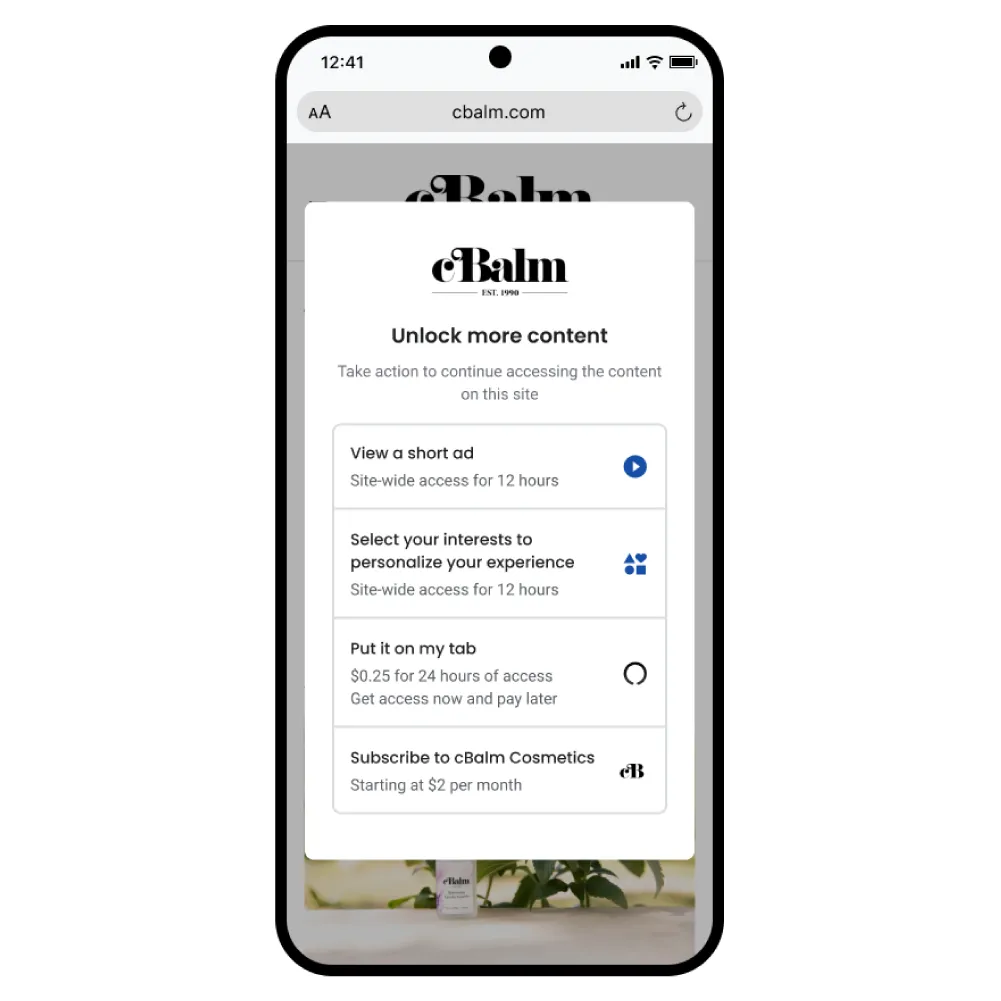Technology
201 readers
2 users here now
Share interesting Technology news and links.
Rules:
- No paywalled sites at all.
- News articles has to be recent, not older than 2 weeks (14 days).
- No videos.
- Post only direct links.
To encourage more original sources and keep this space commercial free as much as I could, the following websites are Blacklisted:
- Al Jazeera.
- NBC.
- CNBC.
- NY Magazine.
- Substack.
- Tom's Hardware.
- ZDNet.
- TechSpot.
- Ars Technica.
- Vox Media outlets, with exception for Axios(Due to being ad free.)
- Engadget.
- TechCrunch.
- Gizmodo.
- Futurism.
- PCWorld.
- ComputerWorld.
- Mashable.
More sites will be added to the blacklist as needed.
Encouraged:
- Archive links in the body of the post.
- Linking to the direct source, instead of linking to an article talking about the source.
founded 1 month ago
MODERATORS
1
2
3
1
Top AI models - even American ones - parrot Chinese propaganda, report finds
(www.theregister.com)
4
1
Using TikTok could be making you more politically polarized, new study finds
(theconversation.com)
5
6
7
8
9
10
11
12
13
14
15
16
17
18
19
20
21
1
Orange Me2eets: We made an end-to-end encrypted video calling app and it was easy
(blog.cloudflare.com)
22
23
24
1
Engineers Introduce Berkeley Humanoid Lite, Open-Source, Customizable, 3D-Printed Robot for Tech Newbies.
(engineering.berkeley.edu)
25
view more: next ›

